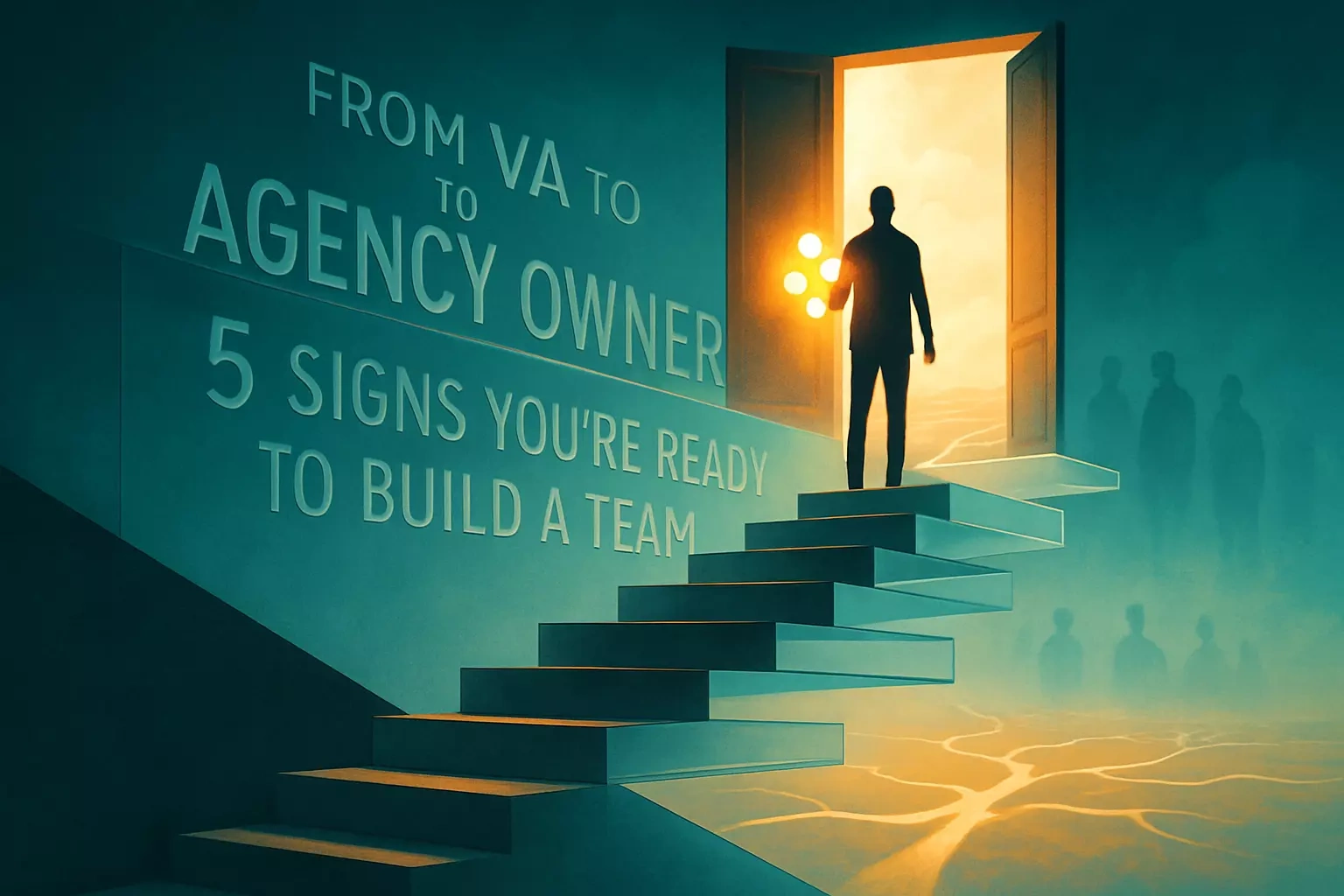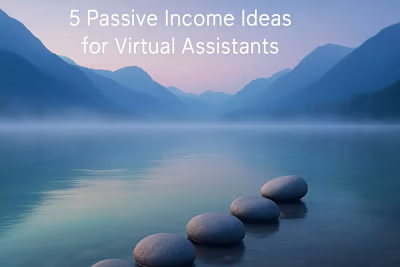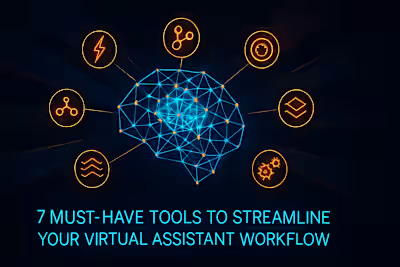From VA to Agency Owner: 5 Signs You're Ready to Build a Team

From VA to Agency Owner: 5 Signs You're Ready to Build a Team
Sign 1: You're Consistently Turning Down Work
The Opportunity Cost of 'No'
Recognizing Your Capacity Limit
Sign 2: You're on the Brink of Burnout
From 'Doing' to 'Managing'
The Importance of Delegating
Sign 3: You Want to Offer a Broader Range of Services
Expanding Your Service Menu
Increasing Client Stickiness
Sign 4: You Have Standardized Processes (or You're Ready To)
Documenting Your Workflows
Essential Tools for Agency Management
Sign 5: You're Thinking Like a CEO
Your First Hire: Finding the Right Subcontractor
Legal and Financial Considerations
Making the Leap
References
From VA to Agency Owner: 5 Signs You're Ready to Build a Team
Sign 1: You're Consistently Turning Down Work
The Opportunity Cost of 'No'
Recognizing Your Capacity Limit
Sign 2: You're on the Brink of Burnout
From 'Doing' to 'Managing'
The Importance of Delegating
Sign 3: You Want to Offer a Broader Range of Services
Expanding Your Service Menu
Increasing Client Stickiness
Sign 4: You Have Standardized Processes (or You're Ready To)
Documenting Your Workflows
Essential Tools for Agency Management
Sign 5: You're Thinking Like a CEO
Your First Hire: Finding the Right Subcontractor
Legal and Financial Considerations
Making the Leap
References
Posted Jun 30, 2025
Are you an overworked Virtual Assistant ready to scale? Discover the key signs it's time to transition from a solo VA to an agency owner and how to take the first steps.










